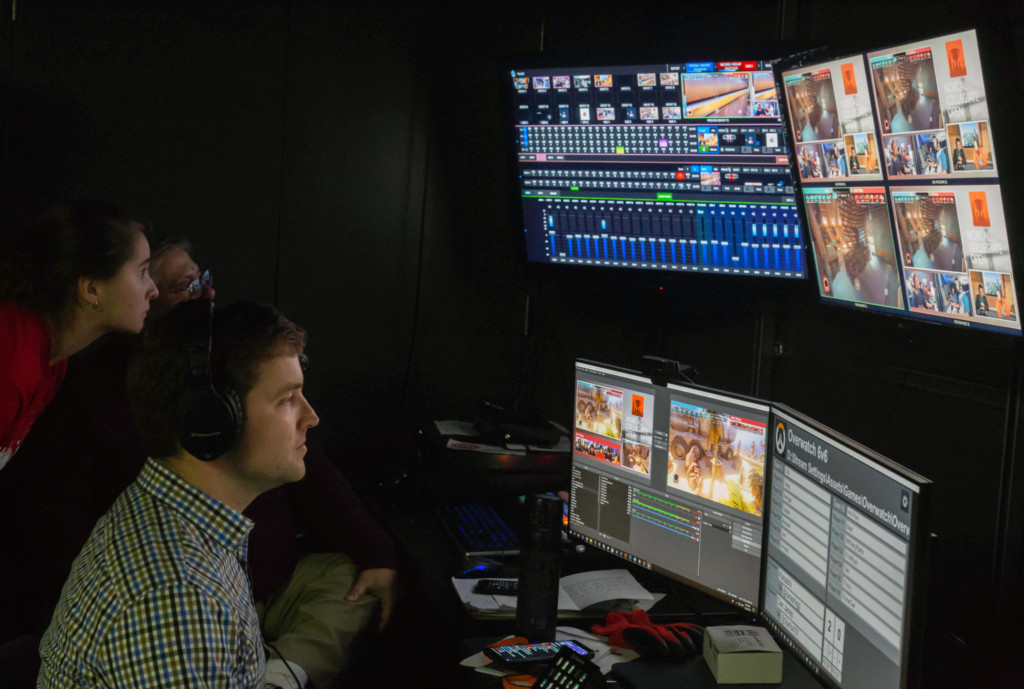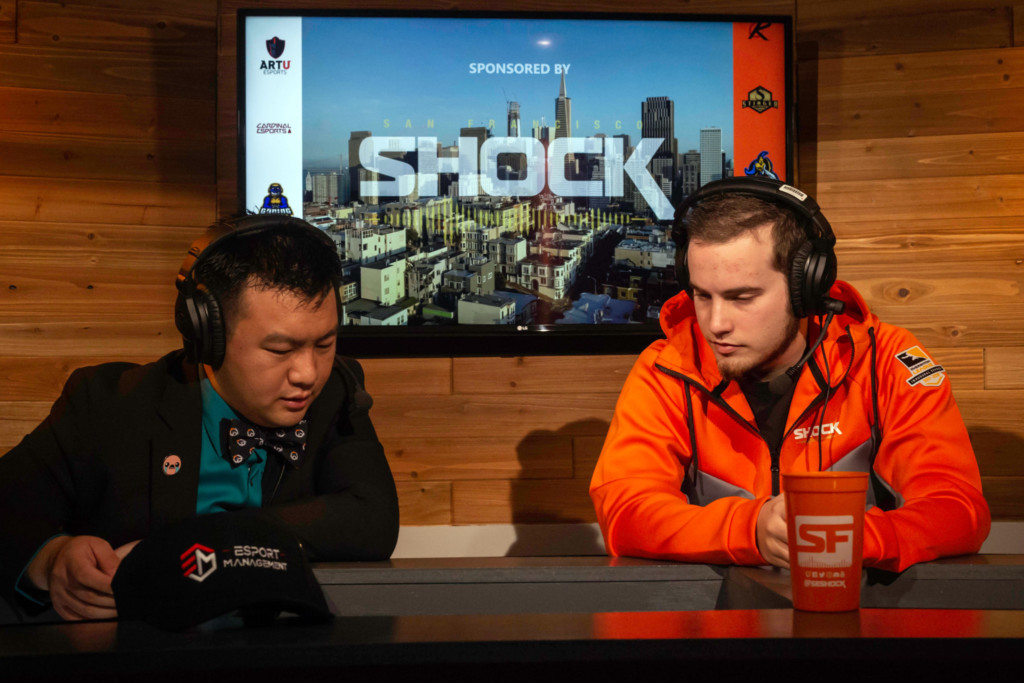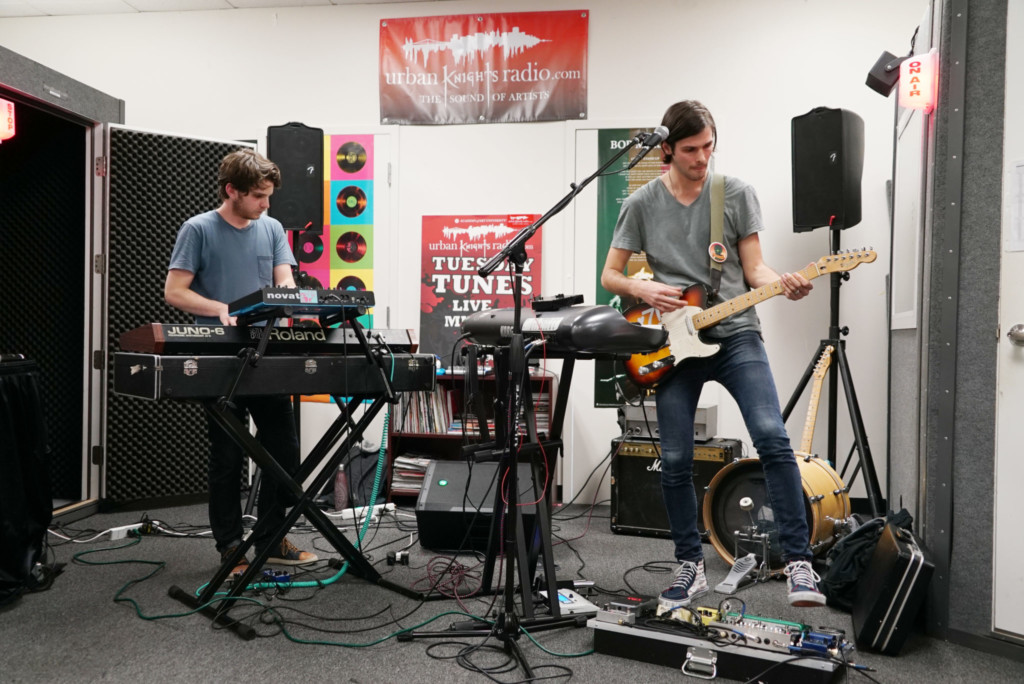A Guide to Broadcasting Careers in Communications
There’s more to broadcasting careers than TV and radio in the digital age.
First, before we dive into how broadcasting careers are changing, let’s take a moment to define what broadcasting is.
Traditionally, broadcasting meant delivering news, sports, and entertainment to audiences via radio and television. Straightforward enough, right? However, that’s clearly not the only way we receive information now. For example, you might be thinking about YouTube vlogs and the recent wave of podcasts.
All of the aforementioned sources fall under the umbrella of broadcasting. As such, for those interested in careers in communications, advances in technology have opened up whole new worlds.
Newsflash: Broadcasting Isn’t All About Talking
When you think about broadcasting, you might think of news anchors like Anderson Cooper or talk show hosts like Oprah Winfrey and Ellen DeGeneres. But broadcasting careers aren’t all front-facing and public.
In fact, plenty of people with broadcasting careers work behind-the-scenes. These people might be news writers and journalists, video editors and producers, or sales and marketing staff. They might also be social media analysts and managers.
Moreover, the digital age has brought an abundance of variety to the table. For instance, many podcast hosts pull in thousands of dollars for each episode. Vloggers and culture critics can make solid livings off of their YouTube channels. And we’d be remiss not to mention the rise of Esports livestreams and gaming platforms like Twitch, all of which are new forms of broadcasting.



Basically, if you’re a person with an entrepreneurial spirit, broadcasting might present you with that opportunity you were looking for. And it might sound surprising, but a person with a degree in communications can work as any of the above. After all, the field of multimedia communications is very broad, and careers in communications are likewise wide in range.
Keeping Up With Trends in Broadcasting Careers
While traditional outlets like local and national news stations and talk shows still exist, statistics suggest that the popularity of broadcast television is waning. One-in-five people simply don’t watch it, preferring to get their news, sports, and entertainment from digital sources instead. Unsurprisingly, these numbers are very likely to increase in the coming years.
Today’s consumers want on-demand options instead of waiting for a program to air, and the internet delivers it their way. Traditional radio listenership is also experiencing a decline, since on-demand music and radio programs are just a click away. Because advertisers follow the viewers, advertisers have shifted to digital sources as well.
However, this doesn’t mean that opportunities don’t exist in traditional television or radio broadcasting. Both television and radio are both showing healthy signs of evolving with the times, and if they remain on trend, their future looks relatively bright.

Whether you want to run your own podcast, produce digital commercials, or work as a talk show host, the right education can help you realize your goals.
At Academy of Art University, our School of Communications & Media Technologies provides students with the tools they need to succeed in this dynamic broadcasting environment.
To learn more, request information today. Or if you’re ready to embrace a career in communications, apply now.


